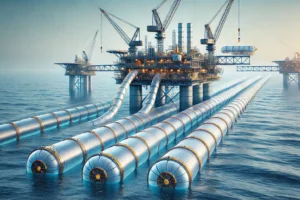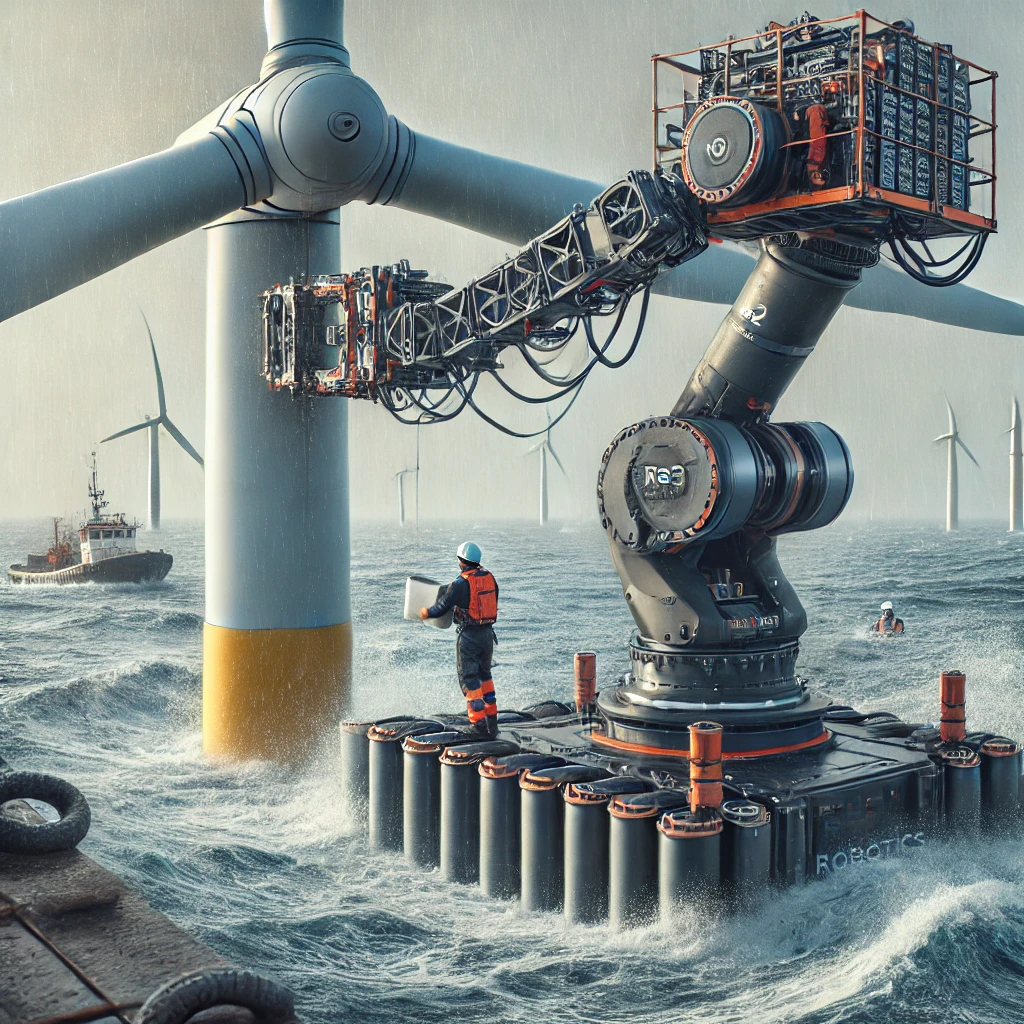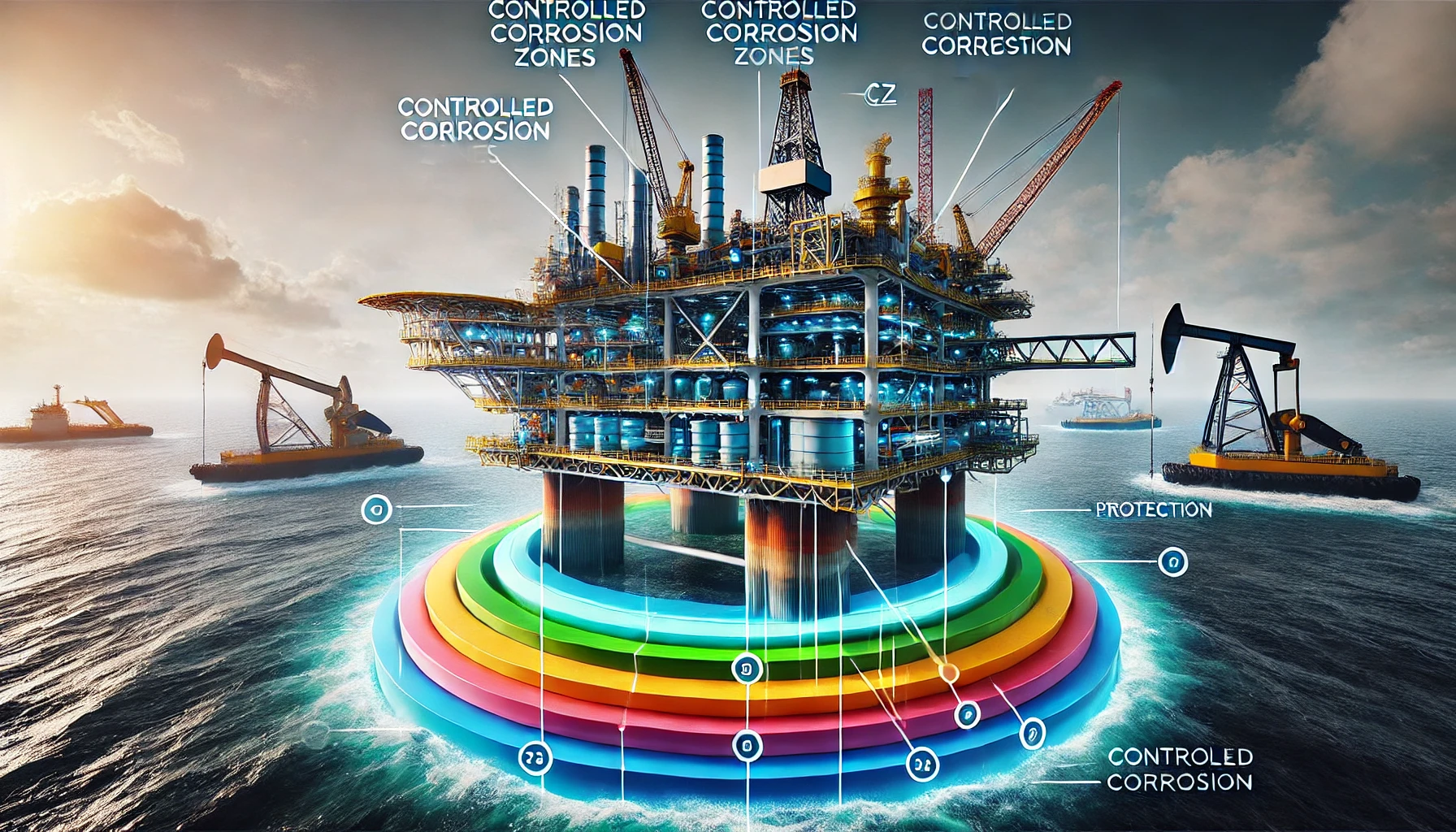The world’s oceans cover more than 70% of the Earth’s surface, holding an immense potential for renewable energy. One of the most promising technologies in ocean engineering today is wave recovery. This technology captures the energy from ocean waves and converts it into usable power. In this blog, we will explore the intricacies of wave recovery, its technological advancements, and its potential impact on the global energy landscape.
The Basics of Wave Recovery
Wave recovery involves harnessing the kinetic energy generated by ocean waves. This energy is then converted into electricity using various technologies. The potential energy from waves is enormous, as they are a constant and powerful force of nature. Unlike solar and wind energy, which can be intermittent, wave energy is more predictable and reliable, making it a highly attractive option for renewable energy production.
Wave energy is generated by the wind as it blows across the surface of the sea. As the wind transfers its energy to the water, waves are formed. The amount of energy a wave contains depends on its height and wavelength. The higher and longer the wave, the more energy it contains. The challenge is to design systems that can effectively capture and convert this energy into electricity.
Technological Advancements in Wave Recovery

Recent advancements in wave recovery technology have significantly improved its efficiency and feasibility. Here are some key developments:
- Oscillating Water Column (OWC): One of the most common types of wave recovery devices, the OWC consists of a partially submerged structure with an air chamber. As waves enter and exit the chamber, they cause the water column to oscillate, compressing and decompressing the air. This movement drives a bidirectional air turbine, generating electricity. The efficiency of OWC systems depends on the design of the air chamber and turbine, with research focusing on optimizing these components to maximize energy capture.
- Point Absorbers: These devices float on the surface of the water and move with the waves. The relative motion between the buoyant structure and the stationary component beneath the surface drives a hydraulic pump or other types of power take-off (PTO) systems, converting the mechanical energy into electricity. Advanced designs include multi-point absorbers that can capture energy from waves coming from different directions, improving the overall efficiency of the system.
- Attenuators: Long, multi-segmented structures that float parallel to the direction of the waves. The motion of the waves causes the segments to move relative to each other, driving hydraulic pumps or other mechanisms to generate power. Attenuators are typically deployed in arrays to maximize energy capture. Research in this area focuses on optimizing the design and configuration of these arrays to enhance performance and reduce costs.
- Wave Surge Converters: These devices use the surge motion of waves to generate power. They typically have a hinged flap that moves back and forth with the waves, driving a hydraulic system or other power take-off mechanisms. The efficiency of wave surge converters depends on the design of the flap and the PTO system, with ongoing research aimed at improving these components to maximize energy capture.
- Submerged Pressure Differential Devices: These devices are anchored to the seabed and use the pressure differences created by passing waves to generate power. They typically have flexible membranes that move with the changing pressure, driving a hydraulic pump or other mechanisms. Research in this area focuses on developing materials and designs that can withstand the harsh marine environment and improve the efficiency of energy capture.
Environmental and Economic Benefits of Wave Recovery

Wave recovery offers several significant environmental and economic benefits:
- Renewable and Sustainable: Wave energy is a renewable resource, meaning it will not deplete over time. Utilizing wave recovery technology helps reduce dependence on fossil fuels, thereby lowering greenhouse gas emissions and mitigating climate change. Additionally, wave energy has a lower environmental impact compared to other forms of renewable energy, as it does not require large areas of land or significant alterations to the natural environment.
- Predictability and Reliability: Unlike solar and wind energy, which are weather-dependent, wave energy is more predictable and consistent. This makes wave recovery a more reliable source of renewable energy. Wave patterns can be forecasted with a high degree of accuracy, allowing for better planning and integration into the power grid.
- Minimal Land Use: Wave energy systems are located offshore, minimizing the impact on land use. This is particularly advantageous in densely populated coastal areas where land is scarce and expensive. Offshore installations also reduce the visual impact and potential conflicts with other land uses.
- Job Creation and Economic Growth: The development and deployment of wave recovery technology can create jobs in engineering, manufacturing, maintenance, and other related fields. This can stimulate economic growth, particularly in coastal regions. The construction and operation of wave energy projects can provide employment opportunities and boost local economies.
- Energy Security: By diversifying the energy mix and reducing dependence on imported fossil fuels, wave recovery can enhance energy security for coastal nations. Countries with significant wave energy resources can reduce their vulnerability to fluctuations in global energy markets and improve their energy independence.
Challenges and Solutions in Wave Recovery

Despite its potential, wave recovery faces several challenges:
- High Initial Costs: The development and installation of wave recovery systems can be expensive. However, advancements in technology and economies of scale are expected to reduce these costs over time. Governments and private investors are increasingly recognizing the potential of wave energy and providing financial support for research and development, helping to drive down costs.
- Environmental Concerns: While wave recovery has a lower environmental impact compared to fossil fuels, it can still affect marine life and ecosystems. Potential impacts include changes in water circulation patterns, noise pollution, and physical barriers to marine organisms. Ongoing research aims to minimize these impacts through careful site selection, environmental monitoring, and the development of environmentally friendly technologies.
- Maintenance and Durability: The harsh marine environment can cause wear and tear on wave recovery devices. Saltwater corrosion, biofouling, and extreme weather conditions can affect the performance and lifespan of these systems. Innovations in materials and design are being developed to enhance the durability and longevity of these systems. For example, researchers are exploring the use of corrosion-resistant materials and coatings, as well as designing devices that are easier to maintain and repair.
- Grid Integration: Integrating wave energy into the existing power grid can be challenging due to the variability in wave energy production. Advanced energy storage systems and smart grid technologies are being explored to address this issue. Energy storage solutions, such as batteries and pumped hydro storage, can help balance supply and demand, while smart grid technologies can improve the efficiency and reliability of electricity distribution.
Case Studies of Wave Recovery Projects

Several wave recovery projects around the world are showcasing the potential of this technology:
- Pelamis Wave Power (Scotland): One of the pioneering projects in wave recovery, Pelamis Wave Power developed a wave energy converter consisting of a series of connected cylindrical sections. The movement of the sections relative to each other drove hydraulic motors to generate electricity. Although the company ceased operations in 2014, the technology it developed laid the foundation for future wave energy projects.
- Wave Hub (United Kingdom): A large-scale wave energy testing facility located off the coast of Cornwall. Wave Hub provides a grid-connected site for the testing and development of wave recovery technologies. The facility supports multiple wave energy devices, allowing developers to test and optimize their designs in real-world conditions.
- Mutriku Wave Power Plant (Spain): An operational wave power plant utilizing Oscillating Water Column technology. It has been successfully generating electricity since 2011 and serves as a model for future wave recovery projects. The plant is integrated into a breakwater, demonstrating how wave energy systems can be combined with existing coastal infrastructure.
- Carnegie Wave Energy (Australia): Carnegie Clean Energy has developed the CETO system, which uses fully submerged buoys to capture wave energy. The system has been tested and deployed off the coast of Western Australia. The CETO system is unique in that it generates high-pressure water, which can be used to drive onshore hydroelectric turbines or desalination plants, providing both electricity and fresh water.
The Future of Wave Recovery

The future of wave recovery looks promising as technological advancements continue to improve efficiency and reduce costs. Here are some trends and developments to watch:
- Hybrid Systems: Combining wave recovery with other renewable energy sources, such as wind and solar, to create hybrid systems can enhance reliability and efficiency. Hybrid systems can leverage the complementary nature of different energy sources, providing a more stable and continuous supply of electricity.
- Artificial Intelligence and Machine Learning: Utilizing AI and machine learning to optimize the operation and maintenance of wave recovery systems can improve performance and reduce costs. AI can be used to predict wave patterns, optimize energy capture, and schedule maintenance, enhancing the overall efficiency and reliability of wave energy systems.
- Advanced Materials: The development of new materials with enhanced durability and corrosion resistance can extend the lifespan of wave recovery devices. Researchers are exploring the use of advanced composites, coatings, and nanomaterials to improve the performance and durability of wave energy systems.
- Policy and Incentives: Supportive policies and financial incentives from governments can accelerate the adoption of wave recovery technology. Governments can play a crucial role in promoting wave energy by providing funding for research and development, offering tax incentives, and implementing regulations that support the deployment of wave energy projects.
- Global Collaboration: International collaboration and knowledge-sharing can drive innovation and overcome common challenges in the development of wave recovery technology. Collaborative efforts can facilitate the exchange of best practices, accelerate technological advancements, and promote the widespread adoption of wave energy.
Conclusion
Wave recovery represents a significant opportunity for the renewable energy sector. By harnessing the power of ocean waves, we can generate clean, sustainable, and reliable electricity. While challenges remain, ongoing research and technological advancements are paving the way for the widespread adoption of wave recovery. As we move towards a more sustainable future, wave recovery will play a crucial role in diversifying our energy mix and reducing our carbon footprint.
In conclusion, wave recovery is not just a concept but a viable and exciting frontier in ocean engineering. Its potential to provide a consistent and renewable source of energy makes it a key player in the transition to a sustainable energy future. With continued investment, innovation, and collaboration, wave recovery can help us harness the immense power of the oceans and drive the global shift towards clean energy. The journey towards fully realizing the potential of wave recovery is ongoing, but the strides made thus far are promising indicators of a future where ocean waves contribute significantly to our energy needs.











